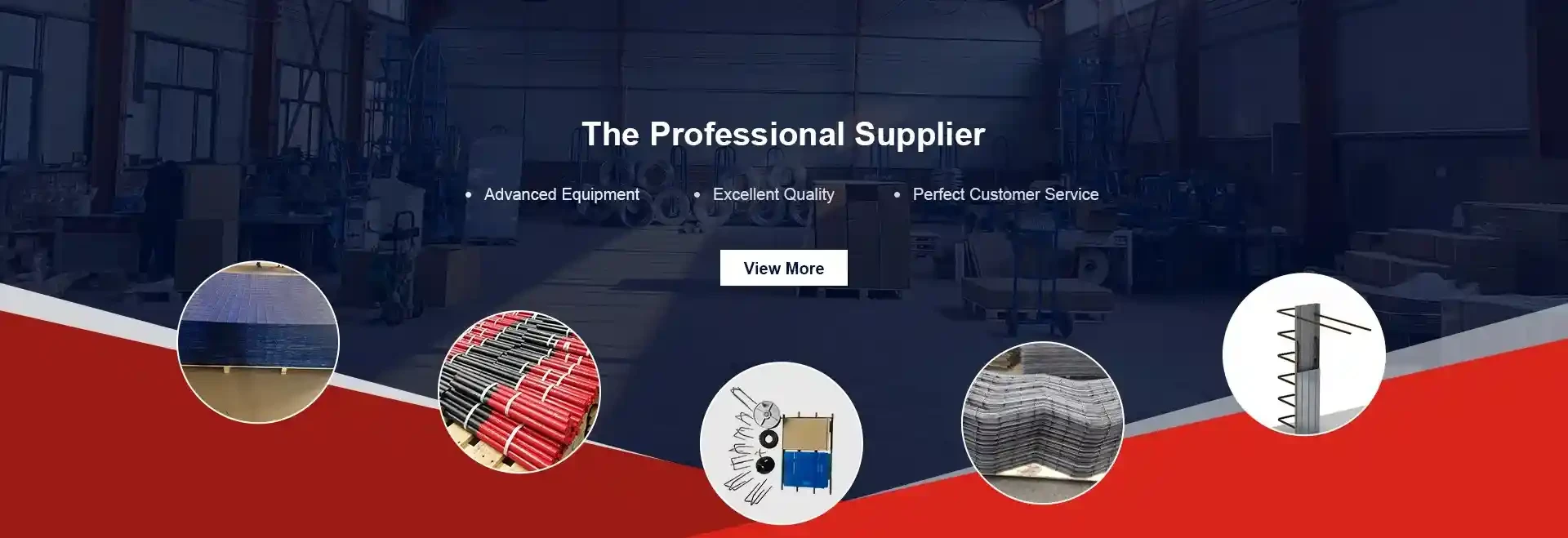
- Mobile Phone
- +8613931874955
- sales@cntcmetal.com
corrugated masonry wall tie
Understanding Corrugated Masonry Wall Ties Importance and Applications
Corrugated masonry wall ties are essential components in the construction and structural integrity of masonry buildings. These ties serve as the connective tissue between different components of masonry walls, ensuring stability and resistance to various forces such as wind and seismic activity. With the growing emphasis on sustainable construction practices, the evolution of wall ties, particularly corrugated types, has garnered attention for their efficient use of materials and effective engineering applications.
The Design and Function of Corrugated Masonry Wall Ties
Corrugated wall ties are typically made from durable materials such as stainless steel or galvanized steel, characterized by their wavy, corrugated surface. This design not only provides the necessary strength but also increases the surface area of the tie, enhancing the bond with surrounding masonry. The corrugation allows slight movements within the wall structure without compromising the integrity of the ties, making them particularly suitable for buildings that may experience minor settling or shifting over time.
The primary function of these ties is to anchor masonry walls to outer frameworks, such as concrete blocks or brick facades. By integrating corrugated ties, builders create a more cohesive wall system that can distribute loads evenly between connected elements. Furthermore, these ties help resist lateral forces, preventing wall failure during high wind conditions or seismic events.
Benefits of Using Corrugated Masonry Wall Ties
1. Enhanced Load Distribution The design of corrugated wall ties allows for better load distribution compared to flat ties. Their shape aids in the transfer of loads across a wider area, helping to minimize stress concentrations that can lead to cracks or structural failures.
2. Increased Durability Made from high-quality materials, corrugated wall ties are resistant to corrosion and other environmental factors. This longevity contributes to the overall lifespan of the structure, reducing maintenance costs and potential repairs over time.
3. Flexibility Under Stress The inherent flexibility in the corrugated design allows for minor adjustments in the positioning of walls. This flexibility is crucial in scenarios where walls must adapt to changes in temperature or humidity, which can cause expansion or contraction.
corrugated masonry wall tie

4. Easy Installation Corrugated masonry wall ties are relatively straightforward to install, streamlining the construction process and enhancing efficiency on site. They can be positioned at regular intervals during masonry construction, ensuring consistent wall integrity across the entire structure.
5. Reduced Material Use The efficient design of corrugated ties can lead to reduced material requirements without compromising strength. This reduction not only contributes to cost savings but also aligns with contemporary sustainability efforts to minimize resource consumption in construction.
Applications in Modern Construction
The versatility of corrugated masonry wall ties makes them applicable across various building projects. They find significant use in residential homes, commercial buildings, and institutional structures where the combined use of different materials is prevalent. Some key applications include
- Brick Veneer Construction In structures where a brick veneer is attached to a wooden or metal frame, corrugated ties provide the necessary anchorage, ensuring stability and aesthetics.
- Retaining Walls In retaining wall systems, these ties help connect the masonry to the earth or backfill, distributing pressure evenly to avoid failure.
- Seismic Design In earthquake-prone regions, the flexibility and strength of corrugated ties are crucial. They help reinforce walls in a way that allows for movement without catastrophic failure, contributing to the safety of the structure.
Conclusion
Corrugated masonry wall ties represent a crucial advancement in the engineering of masonry structures. By offering improved load distribution, enhanced durability, and flexibility, these ties play a significant role in ensuring the safety and longevity of buildings. As the construction industry continues to evolve, the incorporation of innovative materials and designs like corrugated ties will be vital in meeting the demands for both structural performance and sustainability in modern architecture. Emphasizing the importance of these components can lead to more resilient buildings and a safer environment for occupants, paving the way for future advancements in masonry construction.
share:
-
Wall Ties for Concrete: Invisible Guardians of Building Structural StabilityNewsAug.08,2025
-
Timber Frame Wall Ties: Stable Bonds for Load TransmissionNewsAug.08,2025
-
Stainless Steel Woven Wire Mesh: A versatile material from boundary protection to functional supportNewsAug.08,2025
-
Powder Coat Coil Springs: Creating peace of mind and reliability with sturdy protectionNewsAug.08,2025
-
Floor Standing Sign Holder: A Powerful Assistant for Flexible DisplayNewsAug.08,2025
-
Binding Iron Wire: An Invisible Bond for Building StabilityNewsAug.08,2025
-
Yard Sign Stakes: Reliable Guardians of Outdoor SignsNewsAug.04,2025



















